Discover 11 hidden attractions, cool sights, and unusual things to do in Kintbury (United Kingdom). Don't miss out on these must-see attractions: Stargroves, Irish Hill Copse, and Kintbury Lock. Also, be sure to include Inkpen Crocus Field in your itinerary.
Below, you can find the list of the most amazing places you should visit in Kintbury (England).
Table of Contents
Stargroves
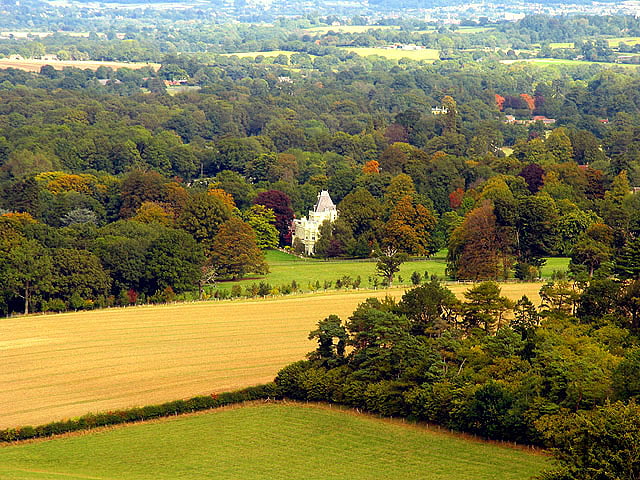
Historical landmark in England. Stargroves is a manor house and associated estate at East Woodhay in the English county of Hampshire. The house belonged to Mick Jagger during the 1970s and was a recording venue for the Rolling Stones and various other rock bands, as well as a filming location for Doctor Who.[1]
Irish Hill Copse
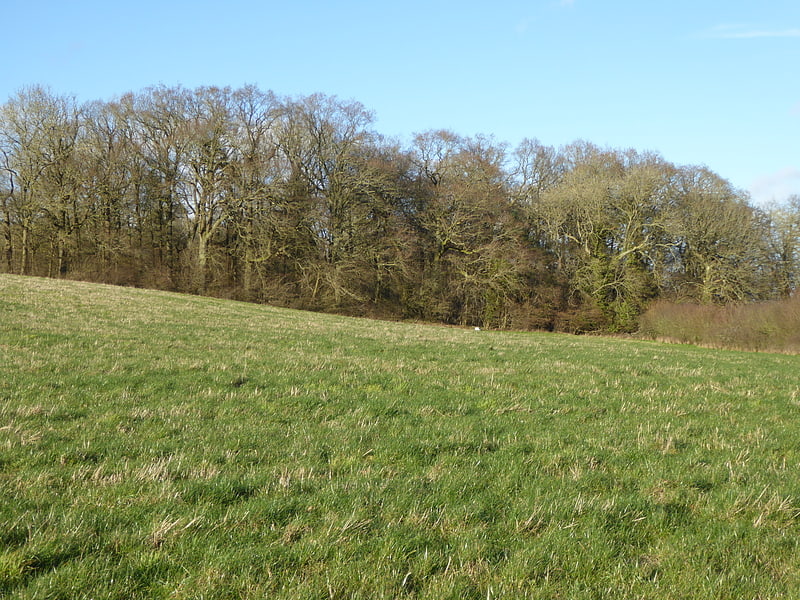
Irish Hill Copse is a 15.9-hectare biological Site of Special Scientific Interest east of Kintbury in Berkshire.
This site of coppiced ancient woodland includes an extensive area of calcareous ash/wych elm coppice on the hill sides, merging into wet ash/maple and acid oak/ash/hazel woodland with aspen, on the higher parts of the site. The lower slopes are dominated by Dog's Mercury (Mercurialis perennis), with abundant Herb Paris (Paris quadrifolia), Toothwort (Lathraea squamaria), Solomon's seal (Polygonatum multiflorum), Twayblade and Early Purple Orchids (Listera ovata) and Orchis mascula and, locally, Wild Daffodil (Narcissus pseudonarcissus).
The site is private land with no public access.[2]
Kintbury Lock

Kintbury Lock is a lock on the Kennet and Avon Canal, at Kintbury, Berkshire, England.
The lock has a rise/fall of 5 feet 9 inches (1.75 m).[3]
Inkpen Crocus Field
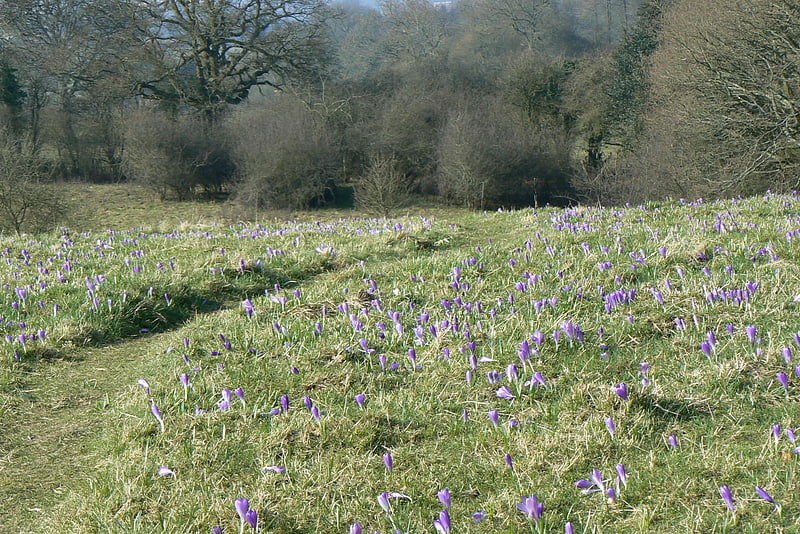
Inkpen Crocus Fields is a 3.1-hectare biological Site of Special Scientific Interest near Inkpen in Berkshire. It is managed by the Berkshire, Buckinghamshire and Oxfordshire Wildlife Trust.[4]
Inkpen Common SSSI

Inkpen Common or Inkpen Great Common is a 12.8-hectare biological Site of Special Scientific Interest east of Inkpen in Berkshire. It is managed as a nature reserve by the Berkshire, Buckinghamshire and Oxfordshire Wildlife Trust.
This is a surviving fragment of the former Inkpen Common is located between the hamlets of Hell Corner and Inkpen Common. It is mainly damp heathland, with small areas of marsh, woods and bracken. Flora on the heath include purple moor grass, common gorse, lousewort, lesser dodder and the only surviving colony in Berkshire of pale heath violet.[5]
Kennet and Lambourn Floodplain

Heritage preservation in England. Kennet and Lambourn Floodplain is a 23.4-hectare biological Site of Special Scientific Interest in six widely separated areas in the floodplains of the River Lambourn in Berkshire and the River Kennet in Wiltshire, England. It is a Nature Conservation Review site and part of the Kennet and Lambourn Floodplain Special Area of Conservation. One of the areas, Rack Marsh, is managed by the Berkshire, Buckinghamshire and Oxfordshire Wildlife Trust.
These six areas all have fen or swamp with large numbers of Desmoulin's whorl snail, which is listed in the British Red Data Book as it is a nationally rare and declining species. One of the areas, Eddington Marsh, also has unimproved species-rich grassland with several nationally scarce invertebrates, such as the flies Pherbellia griseola, Psacadina verbekei, Platypalpus niger and Oxycera morrisi.[6]
Inkpen and Walbury Hills
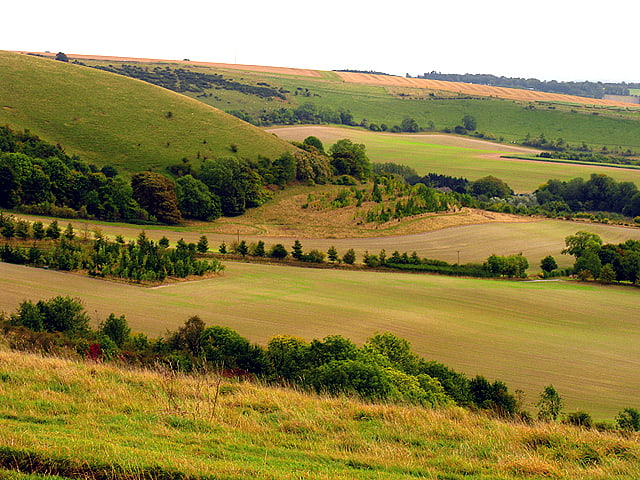
Inkpen and Walbury Hills is an 86.8-hectare biological Site of Special Scientific Interest south of Kintbury in Berkshire. A Bronze Age cemetery of three bowl barrows on Inkpen Hill is designated a Scheduled Monument.
These hills have the largest area of unimproved chalk downland in the county and much of it is managed by sheep grazing. North facing slopes have many mosses and herbs, such as hoary plantain and germander speedwell. There are also woods and hedgerows which provide a habitat for many species of breeding birds.[7]
Combe Wood
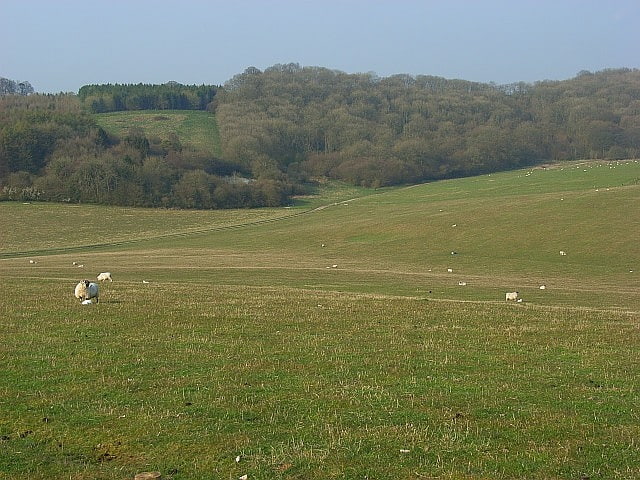
Combe Wood and Linkenholt Hanging is a 106.5-hectare biological Site of Special Scientific Interest south of Hungerford in Berkshire. It is in the North Wessex Downs, which is an Area of Outstanding Natural Beauty.
Most of this site is semi-natural woodland on rendzina (humus-rich and shallow) soils. There are also areas of woods on chalk and acid soils, together with some chalk grassland and scrub. The woods have many fallow deer and birds while the grassland has a rich chalk flora and a variety of insects.[8]
West Woodhay Down
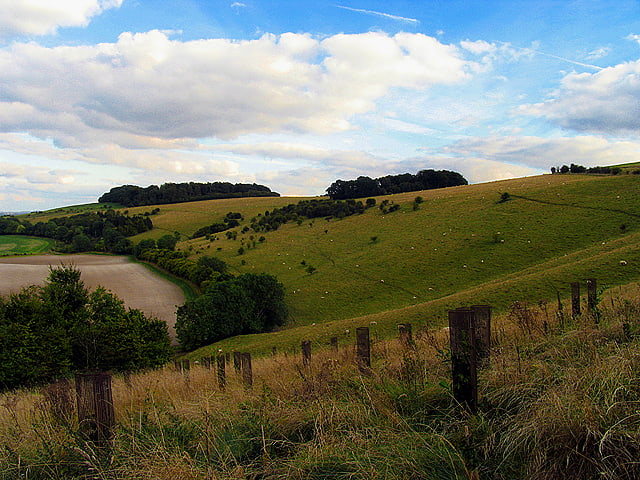
West Woodhay Down is a 1.5-hectare biological Site of Special Scientific Interest in Berkshire and Hampshire. The site is near West Woodhay, west of Newbury.
This site was formerly included as part of Inkpen and Walbury Hills SSSI. It is lowland Calcareous grassland with a northwest facing bank.[9]
Catmore and Winterly Copses
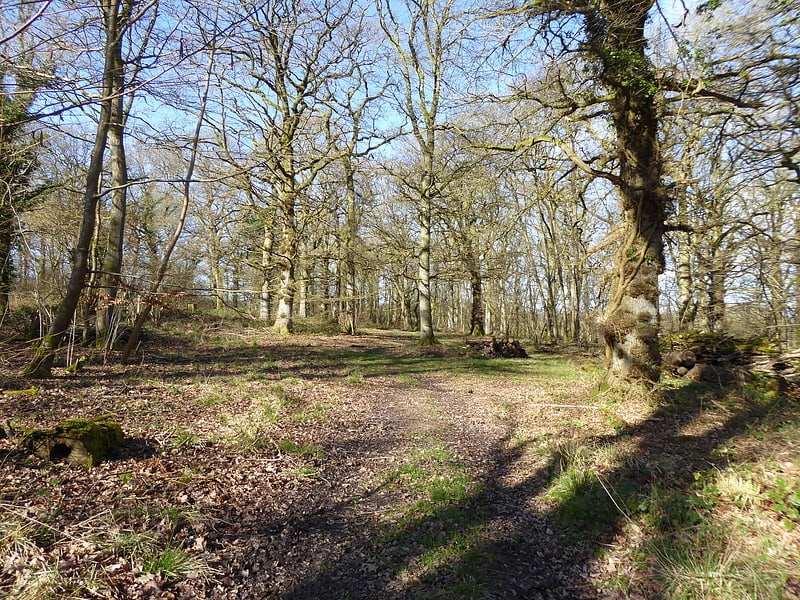
Catmore and Winterly Copses is a 25-hectare biological Site of Special Scientific Interest north-west of Kintbury in Berkshire.
The woods are broadleaved, mixed and yew woodland located in a lowland area.
The site is private land but a public footpath runs through Catmore Copse.[10]
Easton Farm Meadow
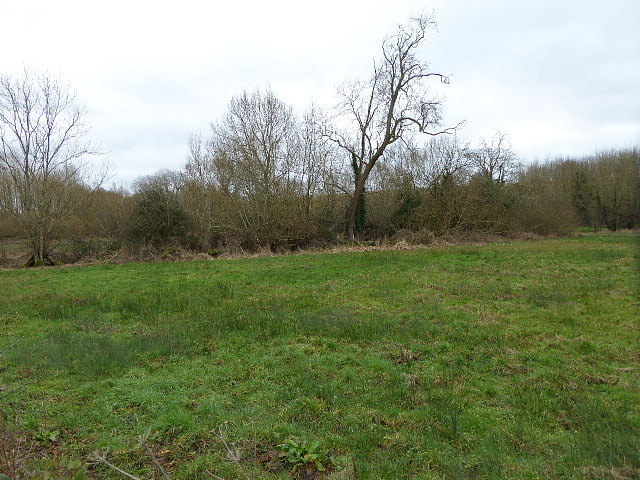
Easton Farm Meadow is a 1.6-hectare biological Site of Special Scientific Interest in Easton, west of Boxford in Berkshire. It is in the North Wessex Downs.[11]